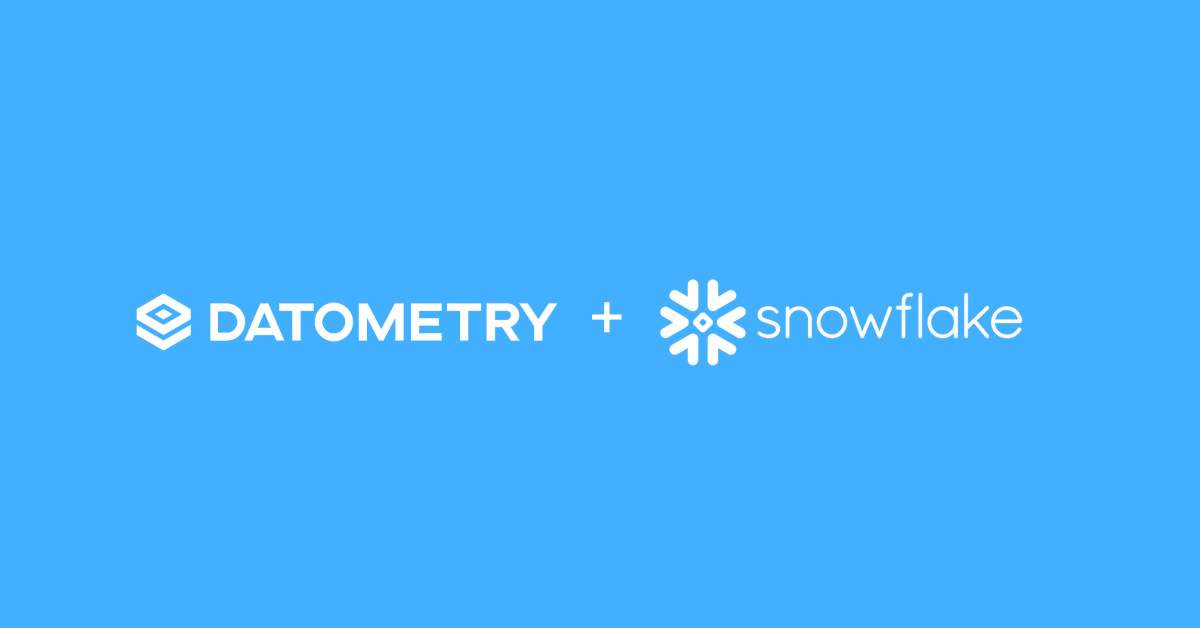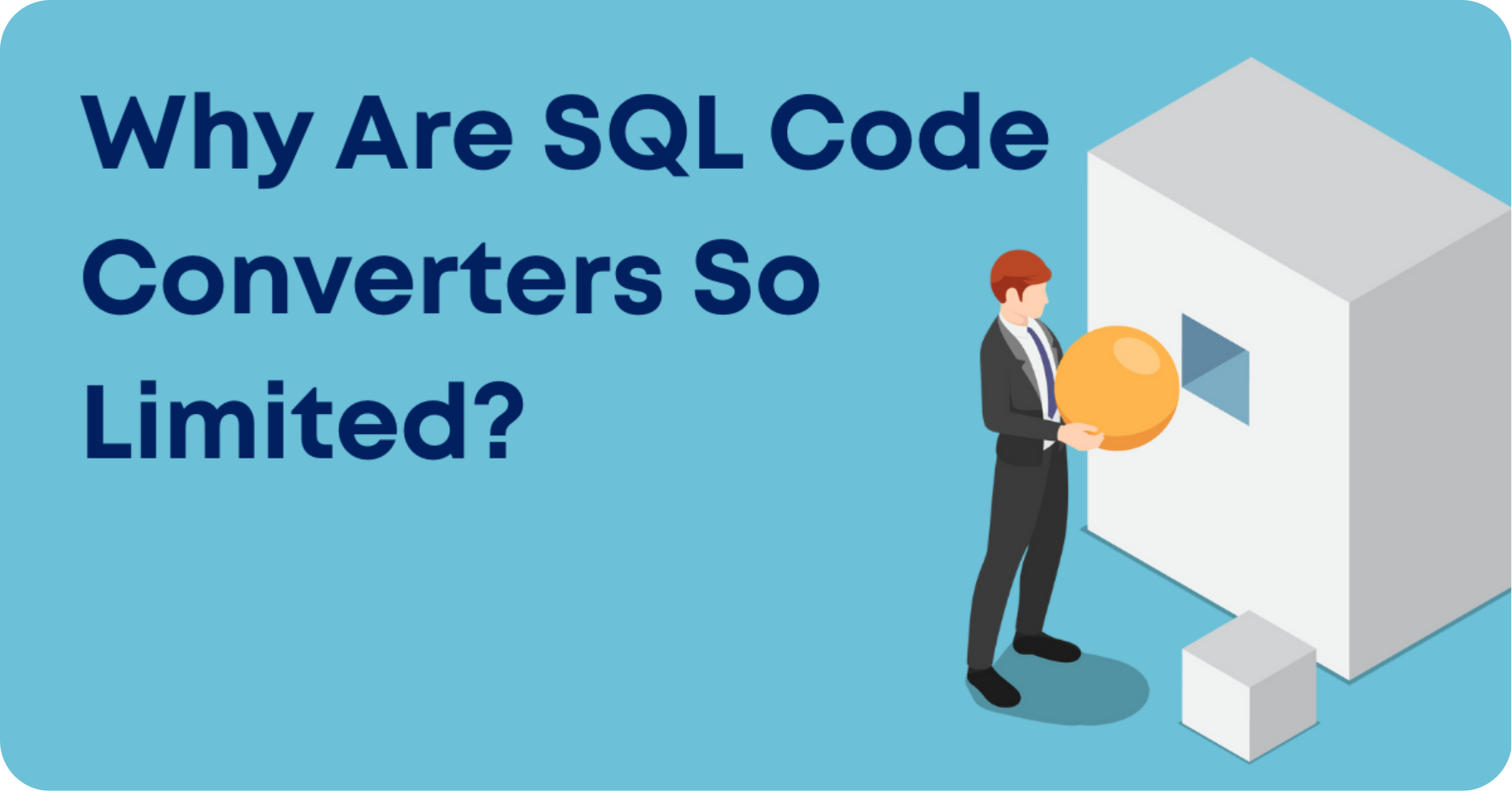This article appeared on Forbes
Over a coffee, an executive at a major database vendor recently admitted, “Database migration tools haven’t really delivered on their promise.” Most practitioners would agree. After decades of development, we are still far from fully automated migrations.
The need to migrate to newer, more modern databases has never been more urgent. To become AI-ready, enterprises are turning to new database technology, such as replacing legacy data warehouses with lakehouses.
Modernizing the data management stack can translate into distinct competitive advantages. AI has accelerated and magnified this trend recently. Therefore, the question of database migrations is one of “when” and not “if.”
Once they have chosen the new destination, IT leaders must decide how to make the transition and which tools will give them the best return on investment. Besides the traditional technology of code converters, new and more aggressive approaches have emerged.
In this article, I show why the different tools are not competing but complementary technologies.
Code converters are intuitive.
Code converters are the prevailing migration tool today. They take a snippet of legacy SQL and produce an equivalent expression in the new system’s language. They are rather classic fare. Every CS student learns about the basic principles behind converters in their undergrad compiler classes.
About Mike Waas, CEO Datometry
Mike Waas founded Datometry with the vision of redefining enterprise data management. In the past, Mike held key engineering positions at Microsoft, Amazon, Greenplum, EMC, and Pivotal. He earned an M.S. in Computer Science from the University of Passau, Germany, and a Ph.D. in Computer Science from the University of Amsterdam, The Netherlands. Mike has co-authored over 35 peer-reviewed publications and has 20+ patents on data management to his name.


